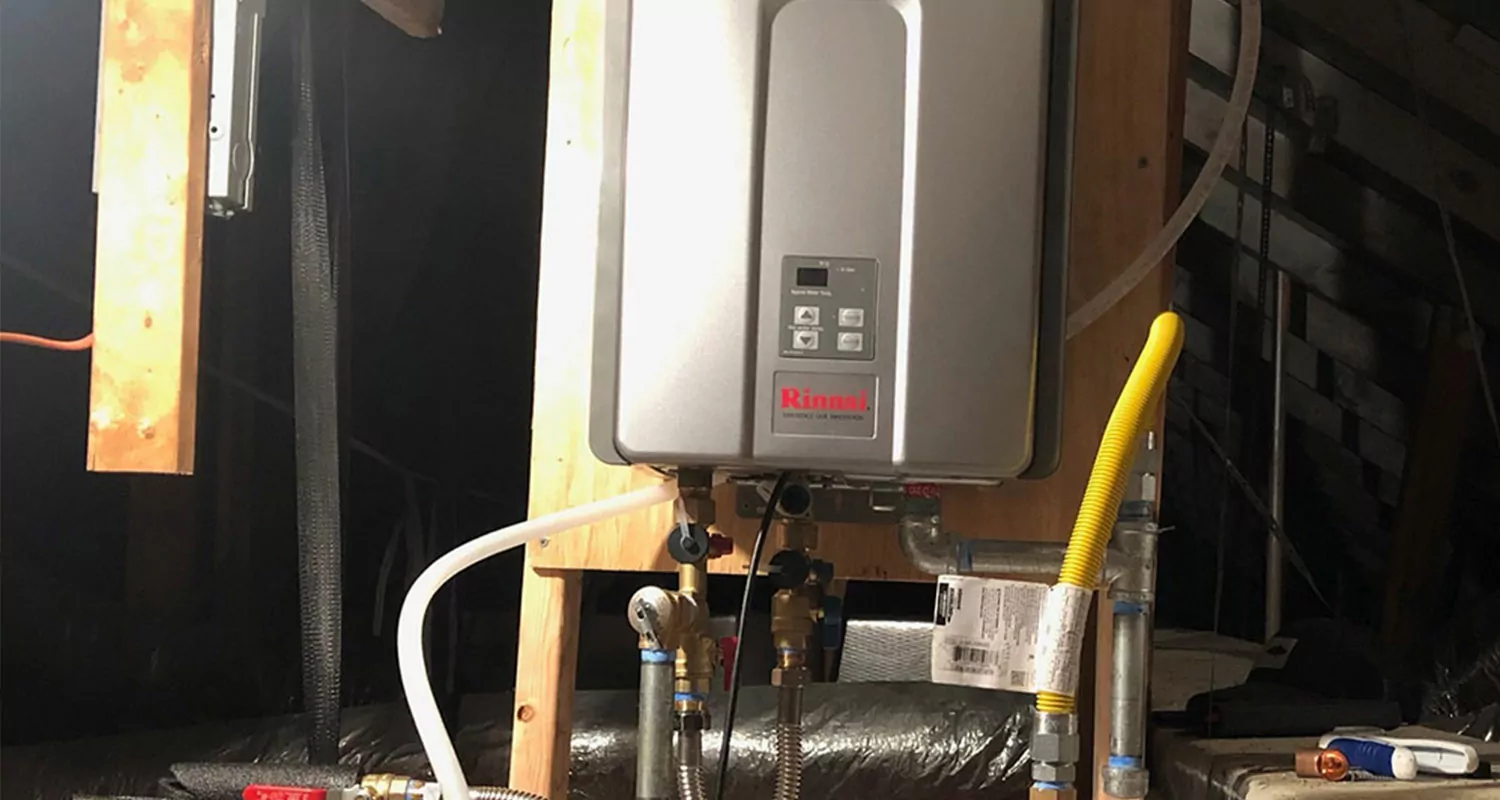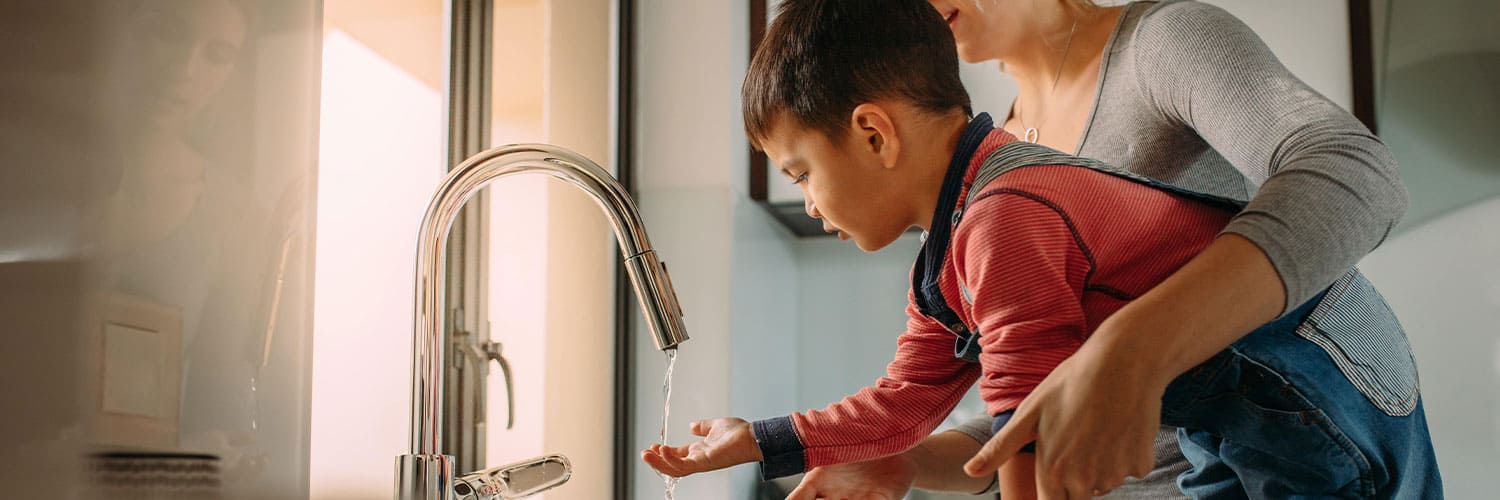Right here underneath you will find a lot of amazing insights in relation to Water Heater Maintenance Tips You Can't Afford to Forget.

Hot water is essential for day-to-day comfort, whether it's for a refreshing shower or washing meals. To ensure your warm water system runs effectively and lasts much longer, routine upkeep is crucial. This post offers practical tips and insights on how to maintain your home's hot water system to avoid disruptions and pricey repairs.
Intro
Preserving your home's hot water system might appear difficult, but with a couple of basic steps, you can ensure it runs smoothly for years ahead. This guide covers everything from comprehending your warm water system to do it yourself maintenance pointers and understanding when to call in specialist help.
Significance of Maintaining Your Warm Water System
Regular upkeep not only expands the life expectancy of your hot water system yet also guarantees it operates successfully. Ignoring maintenance can cause decreased performance, higher power bills, and also premature failing of the system.
Signs Your Warm Water System Needs Upkeep
Knowing when your warm water system needs interest can prevent significant issues. Watch out for signs such as inconsistent water temperature level, unusual noises from the heating system, or rusty water.
Recognizing Your Hot Water System
Prior to diving right into maintenance jobs, it's useful to recognize the basic elements of your warm water system. Generally, this consists of the water heater itself, pipes, anode poles, and temperature controls.
Regular Monthly Upkeep Tasks
Regular regular monthly checks can aid catch small concerns before they intensify.
Purging the Water Heater
Flushing your hot water heater removes sediment accumulation, boosting efficiency and extending its life.
Monitoring and Replacing Anode Rods
Anode rods stop deterioration inside the tank. Examining and changing them when broken is essential.
Checking and Readjusting Temperature Settings
Changing the temperature level setups ensures optimal performance and security.
Do It Yourself Tips for Upkeep
You can perform a number of upkeep jobs on your own to maintain your hot water system in top condition.
Looking for Leakages
Consistently evaluate pipelines and connections for leaks, as these can result in water damage and greater expenses.
Testing Pressure Relief Valves
Evaluating the pressure relief valve guarantees it works appropriately and protects against too much stress buildup.
Insulating Pipes
Shielding warm water pipelines lowers warmth loss and can save energy.
When to Call a Professional
While DIY maintenance is advantageous, some issues require professional knowledge.
Complicated Problems Needing Expert Assistance
Instances consist of significant leakages, electrical issues, or if your water heater is regularly underperforming.
Routine Professional Maintenance Benefits
Professional maintenance can consist of detailed examinations, tune-ups, and making certain conformity with security requirements.
Final thought
Regular maintenance of your home's warm water system is crucial for performance, durability, and expense savings. By following these tips and recognizing when to look for expert help, you can ensure a reliable supply of warm water without unanticipated interruptions.
How to Maintain an Instant Hot Water Heater
Before tinkering with your hot water heater, make sure that it’s not powered on. You also have to turn off the main circuit breaker and shut off the main gas line to prevent accidents. Also turn off the water valves connected to your unit to prevent water from flowing into and out of the appliance. 2. When you’re done, you have to detach the purge valves’ caps. These look like the letter “T” and are situated on either side of the water valves. Doing so will release any pressure that has accumulated inside the valves while at the same time avoid hot water from shooting out and burning your skin. 3. When the purge valves’ caps are removed, you have to connect your hosing lines to the valves. Your unit should have come with three hoses but if it didn’t, you can purchase these things from any hardware or home repair shops. You can also get them from retail stores that sell water heating systems. Read the user’s manual and follow it to complete this task properly. When the hosing lines are connected, open the purge port’s valves. 4. You should never use harsh chemical cleaners or solutions when cleaning your unit. Make use of white vinegar instead. It should be undiluted and you’ll probably use about 2 gallons. 5. Now flush your water heater. This task should probably take about 40 minutes. We can’t give you specific directions for this because the procedure is carried out depending on the type, model and brand of your heater. With that being said, refer to the user’s manual. 6. When you’re done draining the unit, you have to turn off the purge port valves again. Remove the hosing lines that you earlier installed on each of the water valves. Put the valve caps (purge port) back in their respective places and be very careful so as not to damage the rubber discs that are found inside these caps. 7. Now that everything’s back in place, check your user’s manual again to find out how to reactivate your water heating system. 8. Once it is working, turn one of your hot water faucets on just to let air pass through the heater’s water supply pipes. Leave the tap on until water flows smoothly out of it. https://www.orrplumbing.com/blog/2014/september/how-to-maintain-an-instant-hot-water-heater/

Hopefully you enjoyed our section on How to Maintain Your Water Heater & Prolong its Life. Thanks so much for taking the time to read our article. Appreciated our post? Please quickly share it. Let other people check it out. Thanks a bunch for being here. Don't forget to stop by our site back soon.
Visit My Site